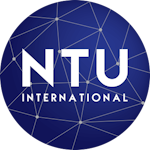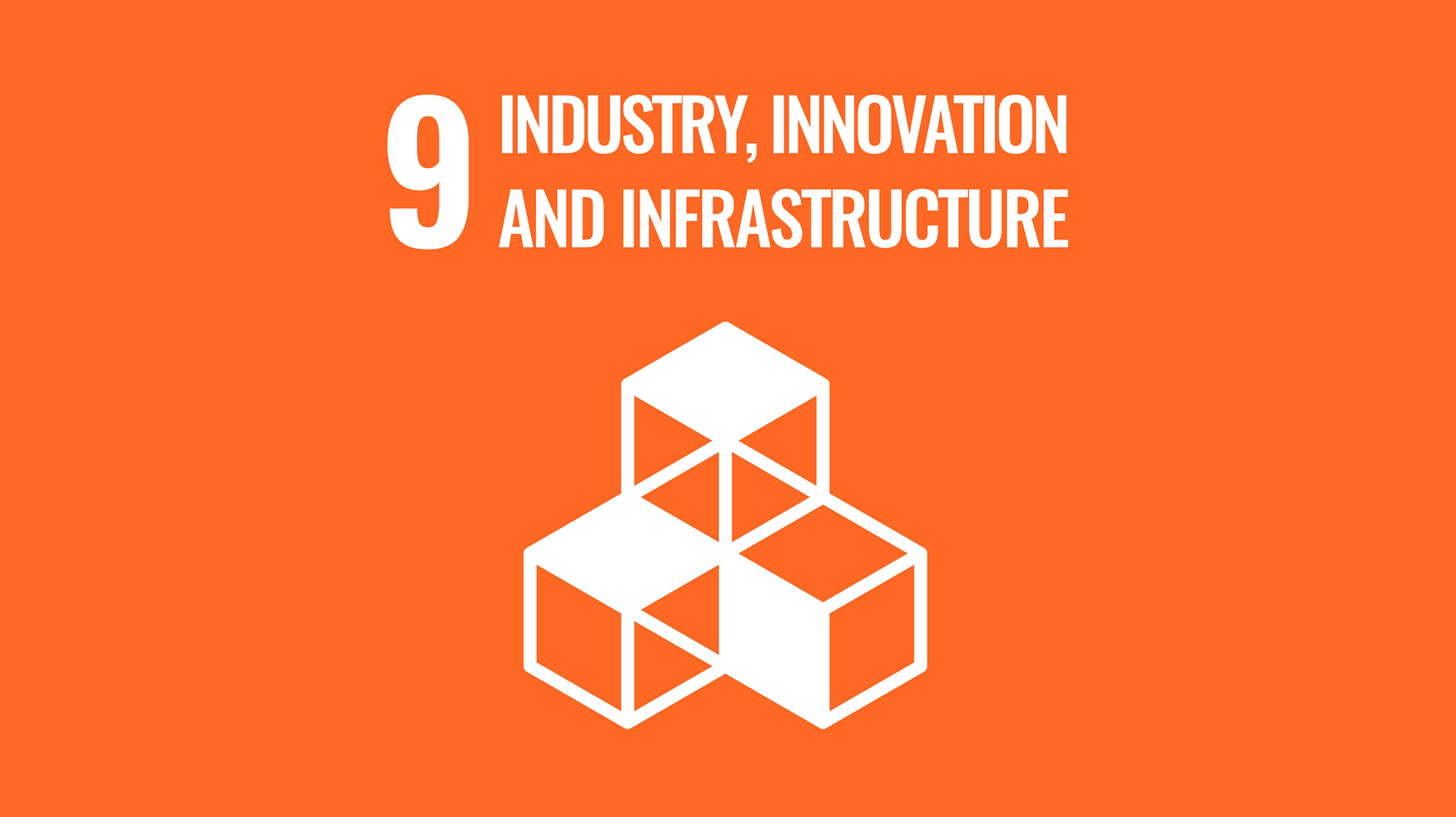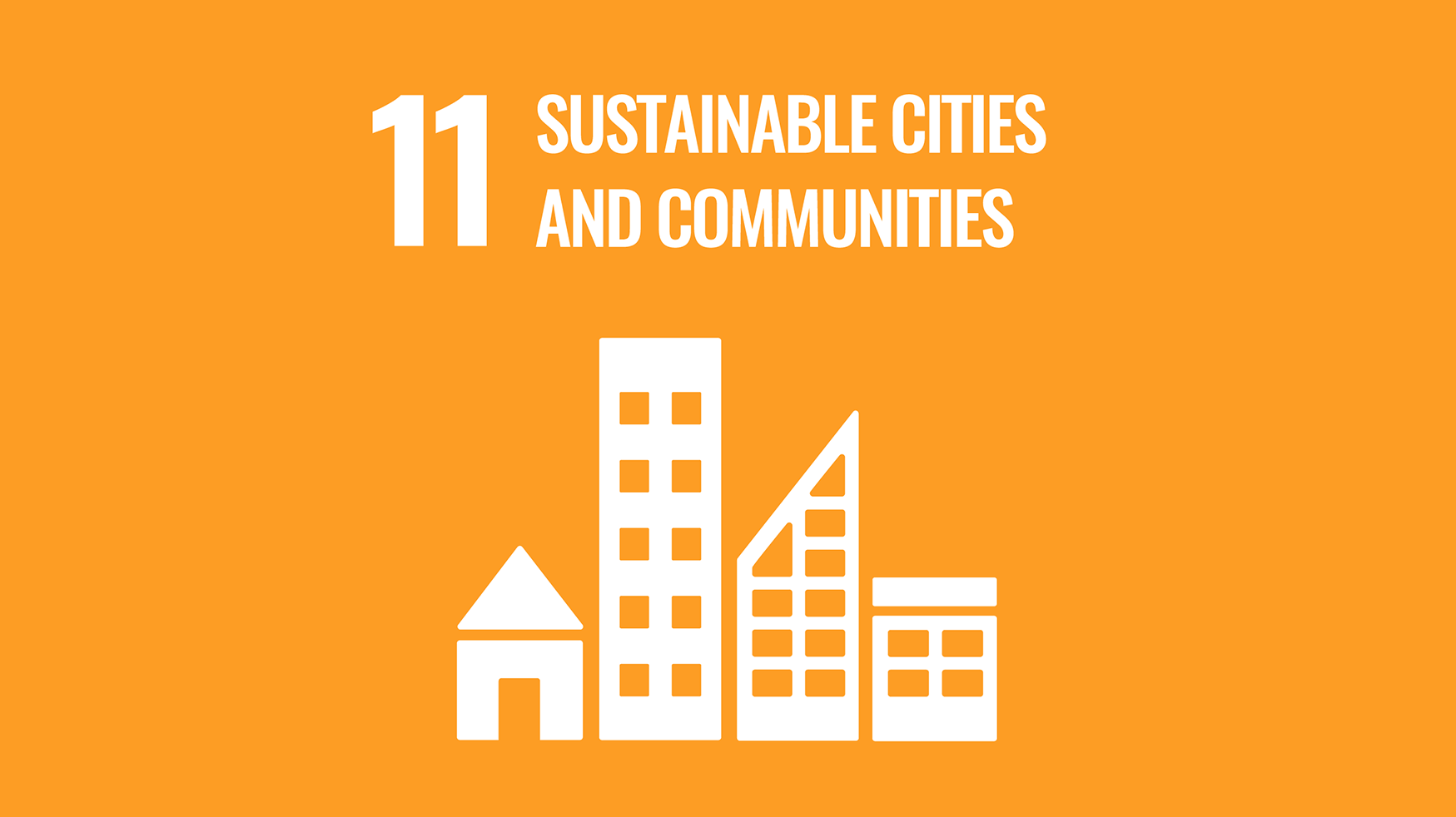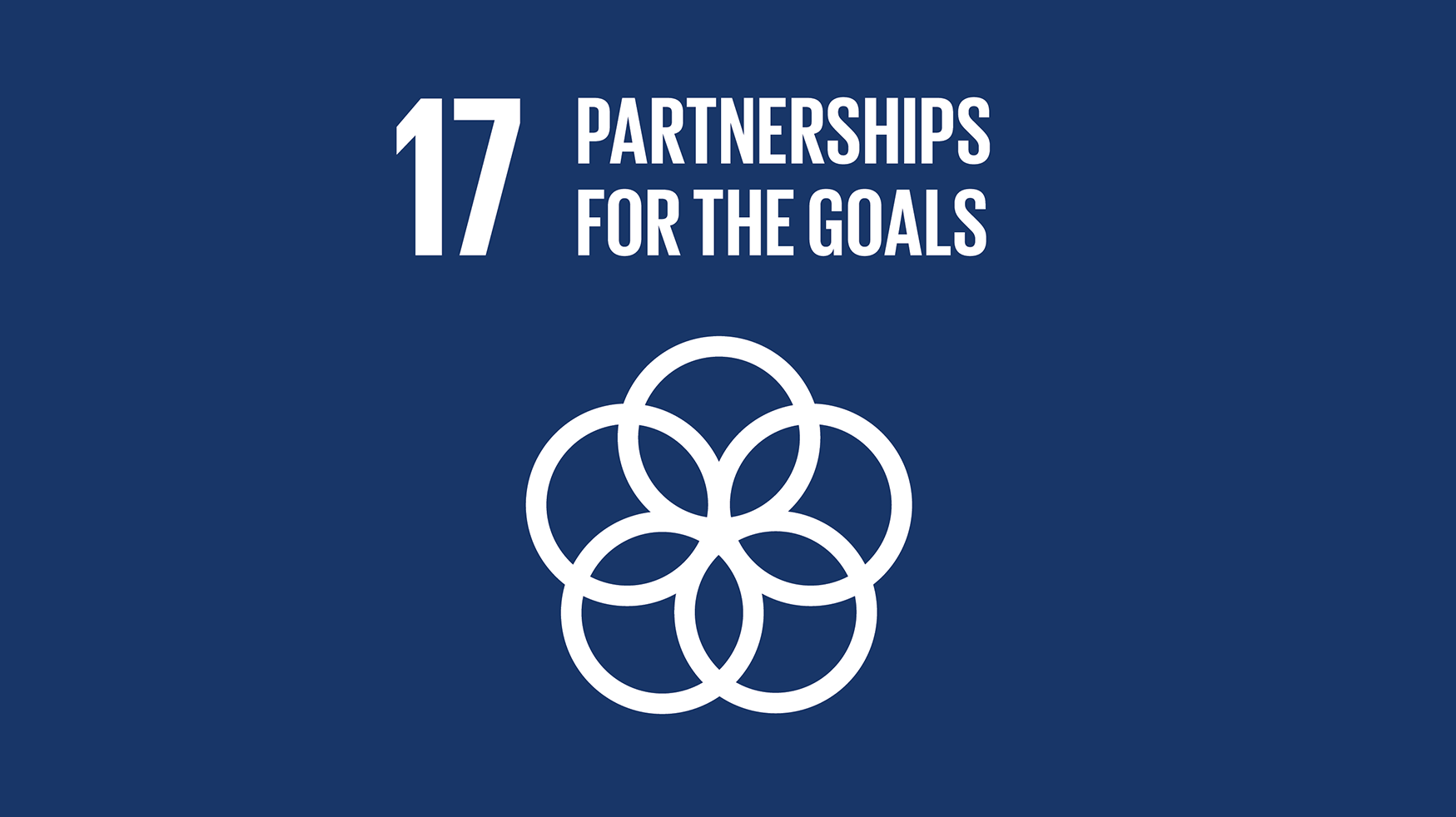
Rail Traffic Management Systems have historically been developed within national frameworks, with each country setting its signalling standards. These differences have caused interoperability problems as European railway networks are becoming more interconnected. This is why, the EIB created a partnership with Romania within the Project Advisory Support Programme (PASSA), offering technical assistance for projects that aim to harmonise rail signalling in Europe. Romania is implementing several European Rail Traffic Management System (ERTMS) projects that require technical assistance and capacity building services to strengthen implementation capacity. The goal of the project is to establish a dedicated unit within the Romanian Railways National Company CFR in the field of ERTMS, which would later start to operationalise, implementing its action plan and creating long-lasting ERTMS expertise in Romania.

Implementation
NTU encompassed four key tasks in the project, starting with operationalising an ERTMS Implementation Unit within CFR and transferring skills to local staff. NTU defined the Unit’s scope and functionality, enhancing its operational efficiency. The NTU Expert Team prepared comprehensive Guidance Notes, consolidating key information for successful ERTMS implementation and management. NTU also organised workshops that brought together key participants from CFR, the Ministry of Transport, and other relevant stakeholders. Finally, NTU performed an overall capacity development assessment, providing CFR with a capacity building plan that included a strategy to improve the company’s organisational structure, staffing, and adaptation to the telecommunications market.
Impact
-
Knowledge and Skills Transfer – Local staff gained specialised knowledge through workshops, guidance notes, and hands-on support, fostering expertise in ERTMS operations and maintenance.
-
Economic Growth and Competitiveness – The project will increase Romania's competitiveness in the European rail market by modernising the infrastructure and aligning it with EU standards, thereby facilitating trade.
-
Long-Term Regional Development – Improved rail connectivity supports regional development by facilitating easier access to goods, services, and employment opportunities across Romania and Europe.
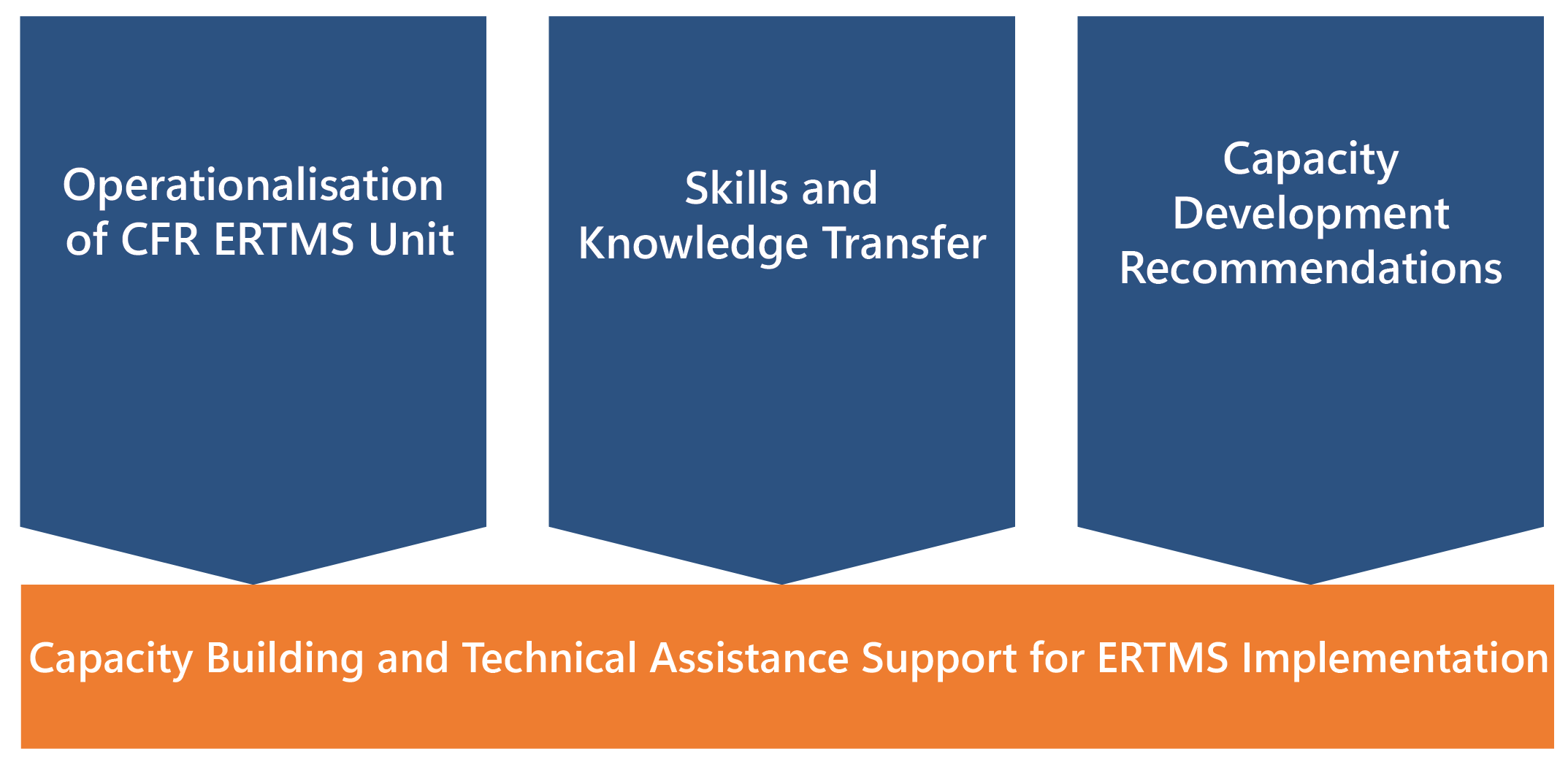
SDGs:
